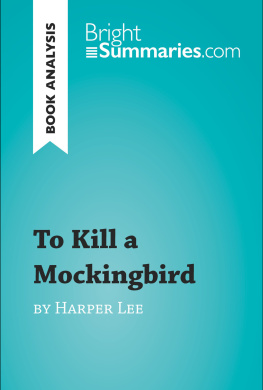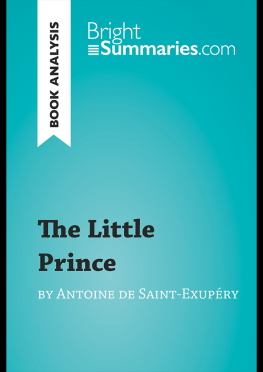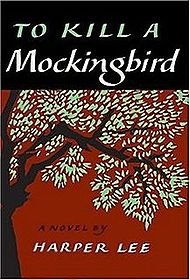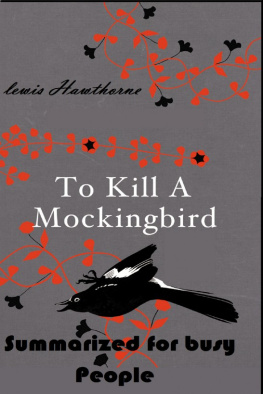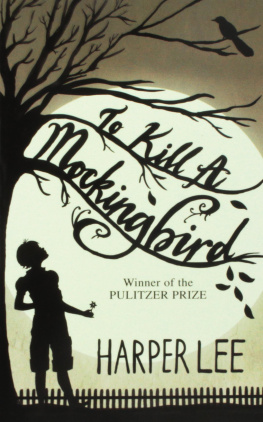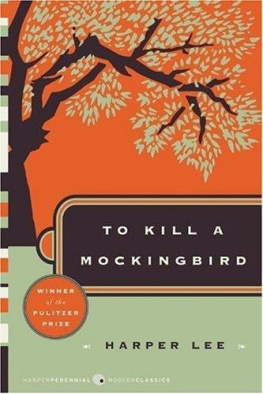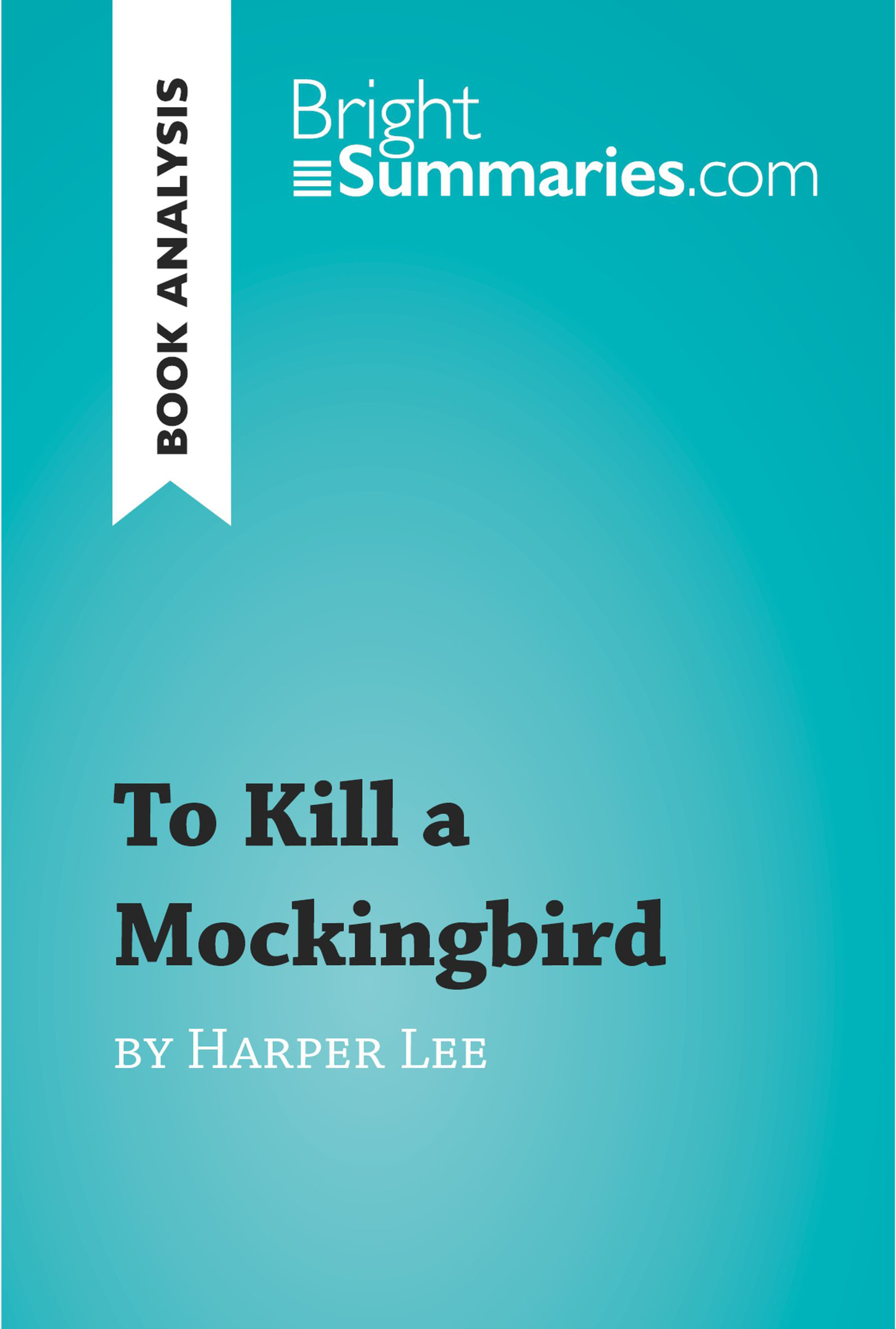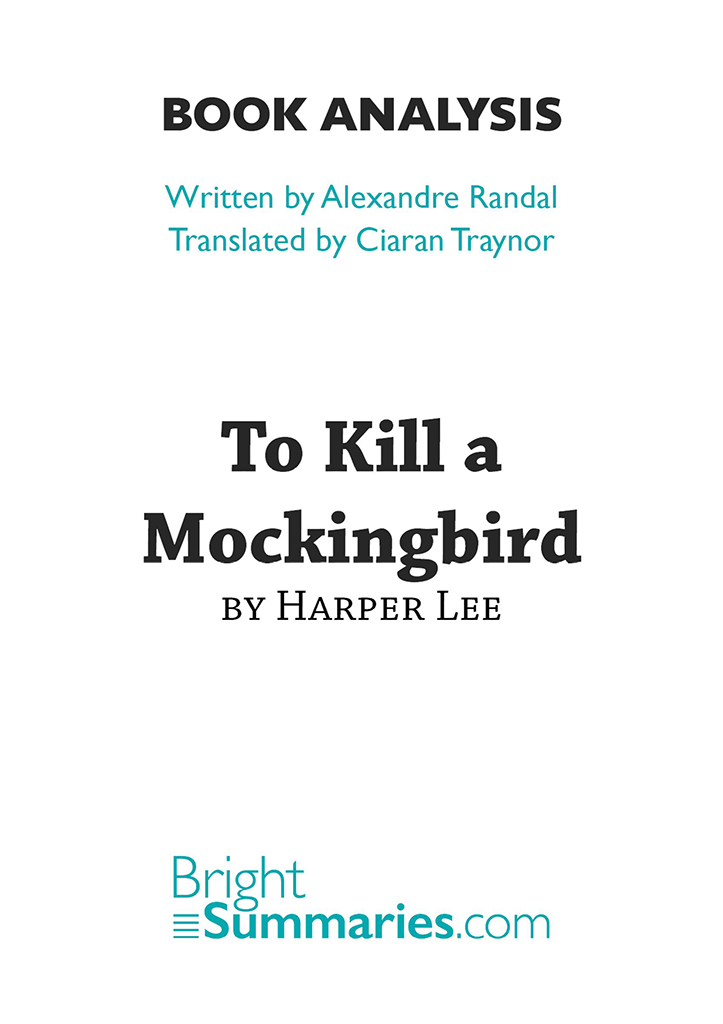Bright Summaries - To Kill a Mockingbird by Harper Lee (Book Analysis): Detailed Summary, Analysis and Reading Guide
Here you can read online Bright Summaries - To Kill a Mockingbird by Harper Lee (Book Analysis): Detailed Summary, Analysis and Reading Guide full text of the book (entire story) in english for free. Download pdf and epub, get meaning, cover and reviews about this ebook. year: 2015, publisher: BrightSummaries.com, genre: Art. Description of the work, (preface) as well as reviews are available. Best literature library LitArk.com created for fans of good reading and offers a wide selection of genres:
Romance novel
Science fiction
Adventure
Detective
Science
History
Home and family
Prose
Art
Politics
Computer
Non-fiction
Religion
Business
Children
Humor
Choose a favorite category and find really read worthwhile books. Enjoy immersion in the world of imagination, feel the emotions of the characters or learn something new for yourself, make an fascinating discovery.
- Book:To Kill a Mockingbird by Harper Lee (Book Analysis): Detailed Summary, Analysis and Reading Guide
- Author:
- Publisher:BrightSummaries.com
- Genre:
- Year:2015
- Rating:5 / 5
- Favourites:Add to favourites
- Your mark:
To Kill a Mockingbird by Harper Lee (Book Analysis): Detailed Summary, Analysis and Reading Guide: summary, description and annotation
We offer to read an annotation, description, summary or preface (depends on what the author of the book "To Kill a Mockingbird by Harper Lee (Book Analysis): Detailed Summary, Analysis and Reading Guide" wrote himself). If you haven't found the necessary information about the book — write in the comments, we will try to find it.
This engaging summary presents an analysis of To Kill a Mockingbird by Harper Lee, a book about the trial of a black man accused of raping a white woman. By describing such a sensitive issue through the eyes of a child, Lee calls attention to the glaring inequalities in American society at the time and highlights the injustice of the legal system. First published in 1960, To Kill a Mockingbird quickly became an international bestseller. Nowadays, it often features on the lists of the best English-language books of the past century, and has been described by The Guardian as the book of a lifetime. In spite of this, Lee herself was a relatively unknown figure. She was born in Alabama in 1926, and based much of To Kill a Mockingbird on an event which took place in her hometown. She died in 2016 at the age of 89.
Find out everything you need to know about To Kill a Mockingbird in a fraction of the time!
This in-depth and informative reading guide brings you:
- Character studies
- Key themes and symbols
- Questions for further reflection
Why choose BrightSummaries.com?
Available in print and digital format, our publications are designed to accompany you on your reading journey. The clear and concise style makes for easy understanding, providing the perfect opportunity to improve your literary knowledge in no time.
See the very best of literature in a whole new light with BrightSummaries.com!
Bright Summaries: author's other books
Who wrote To Kill a Mockingbird by Harper Lee (Book Analysis): Detailed Summary, Analysis and Reading Guide? Find out the surname, the name of the author of the book and a list of all author's works by series.

